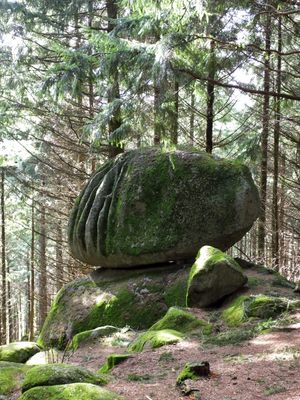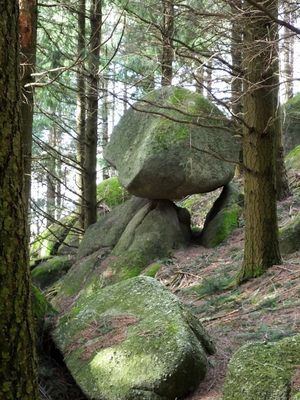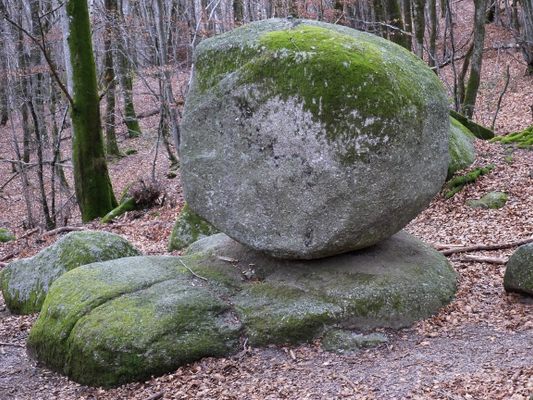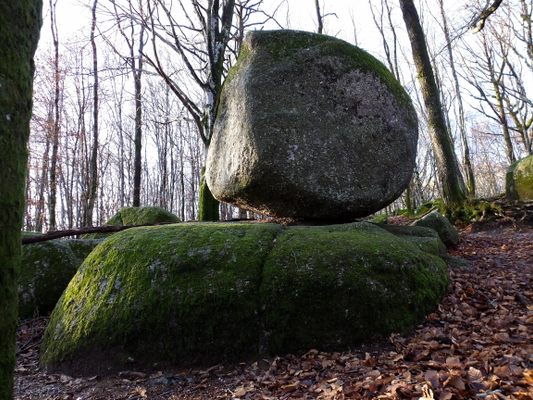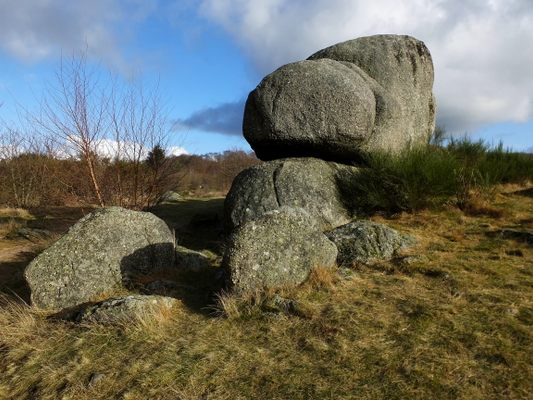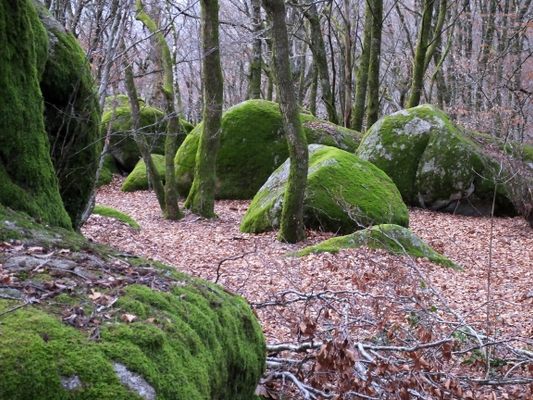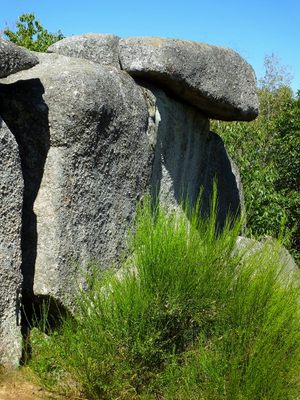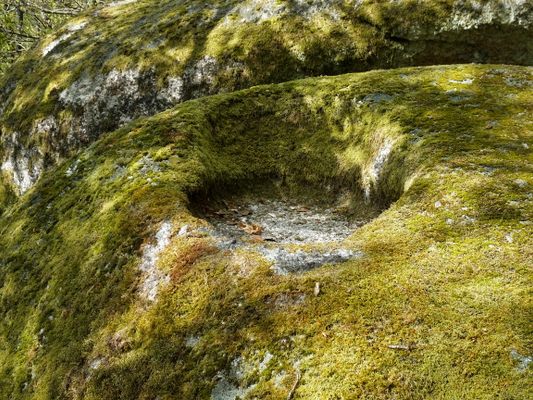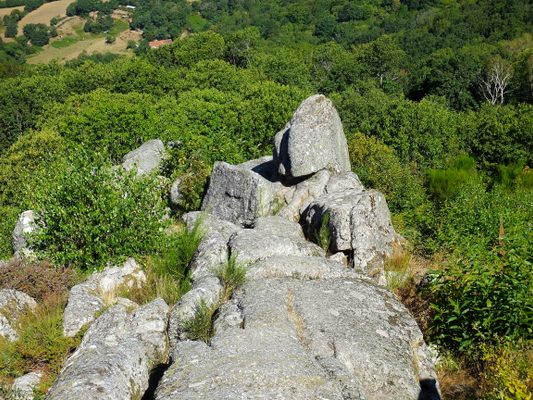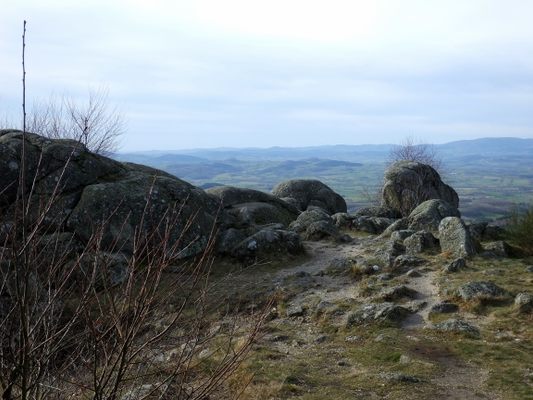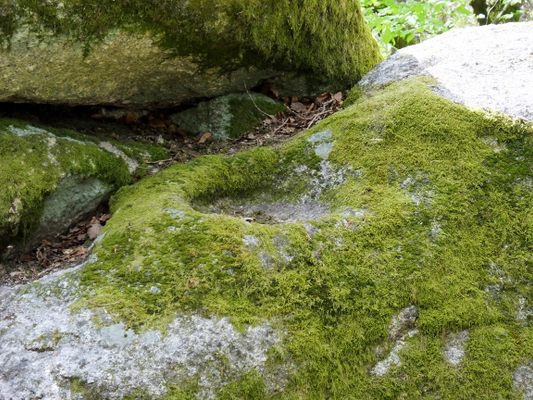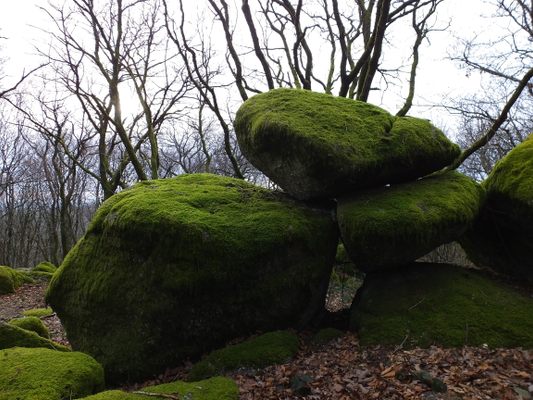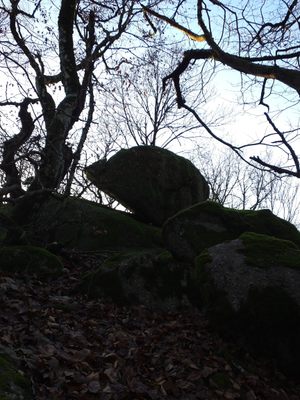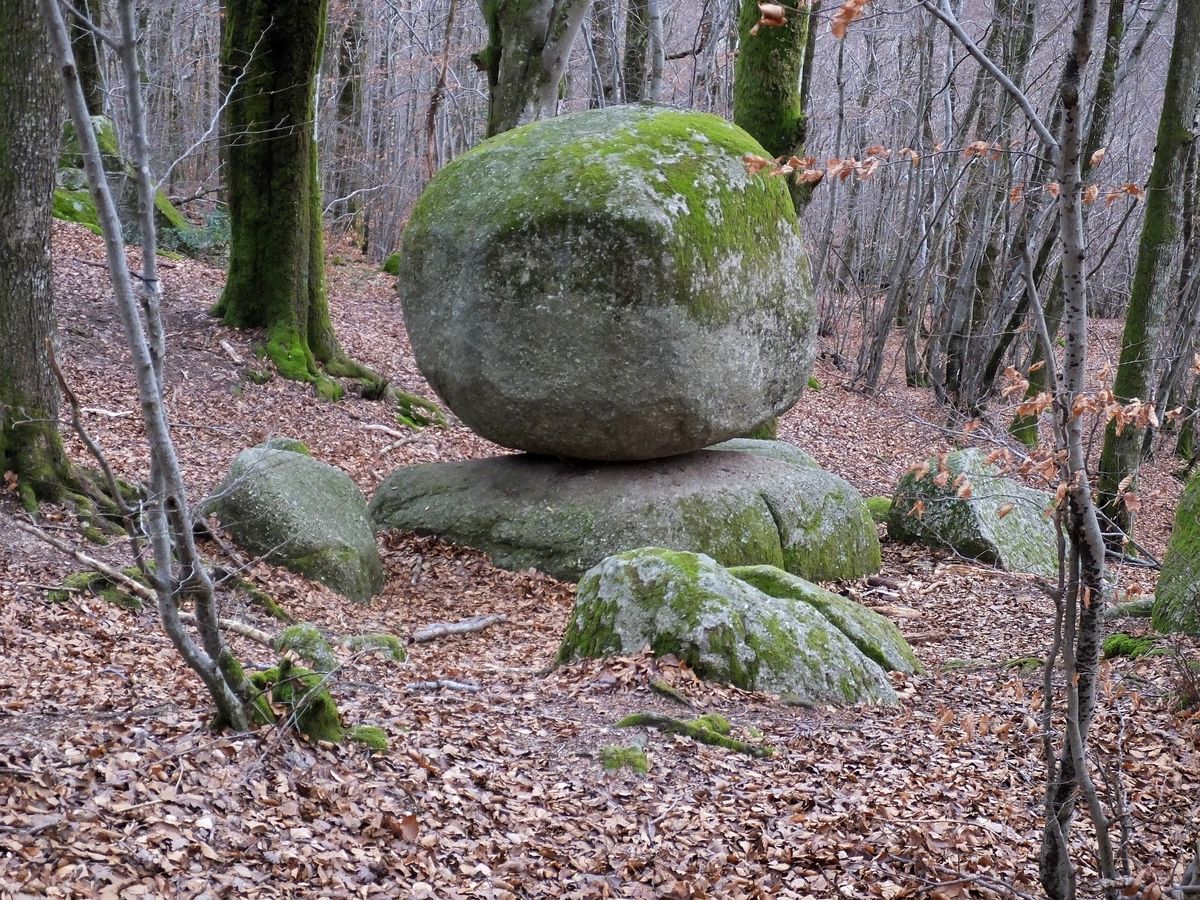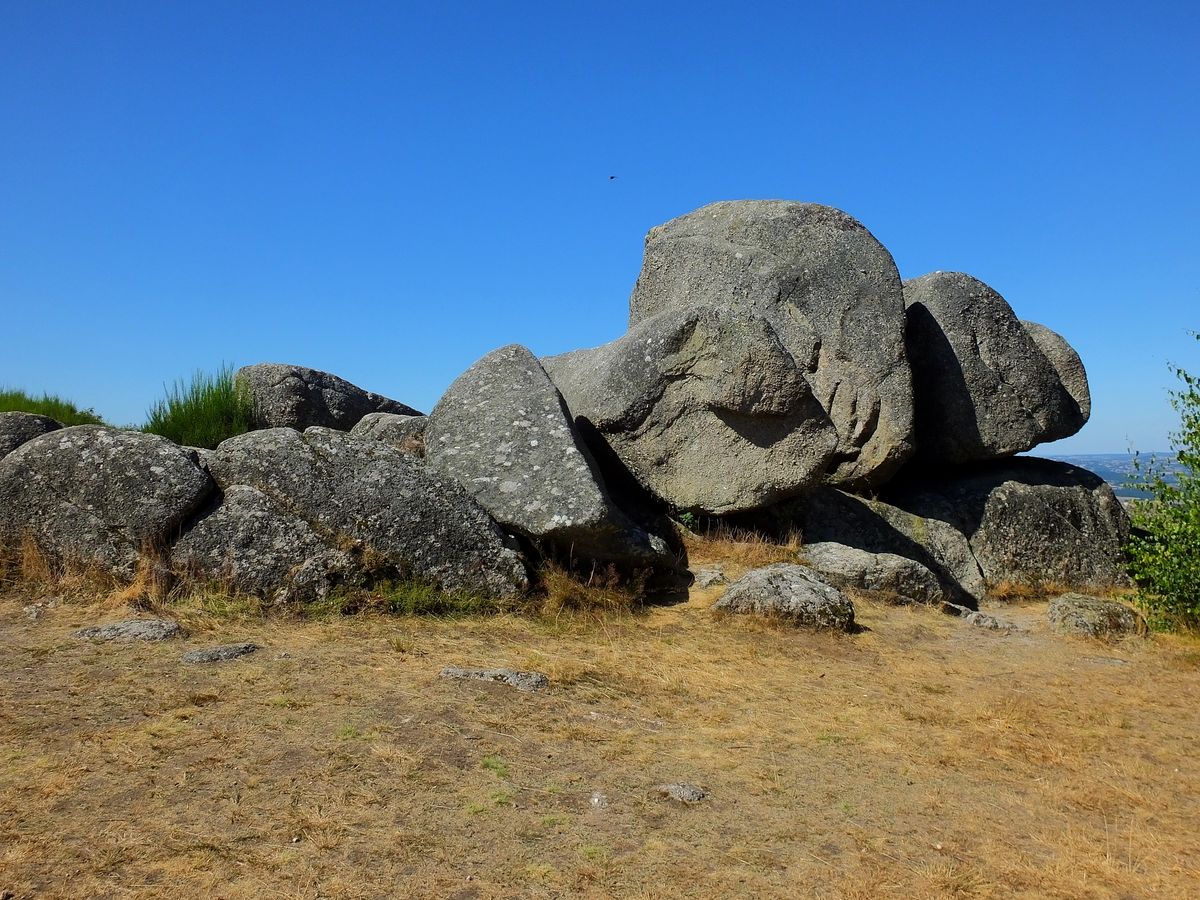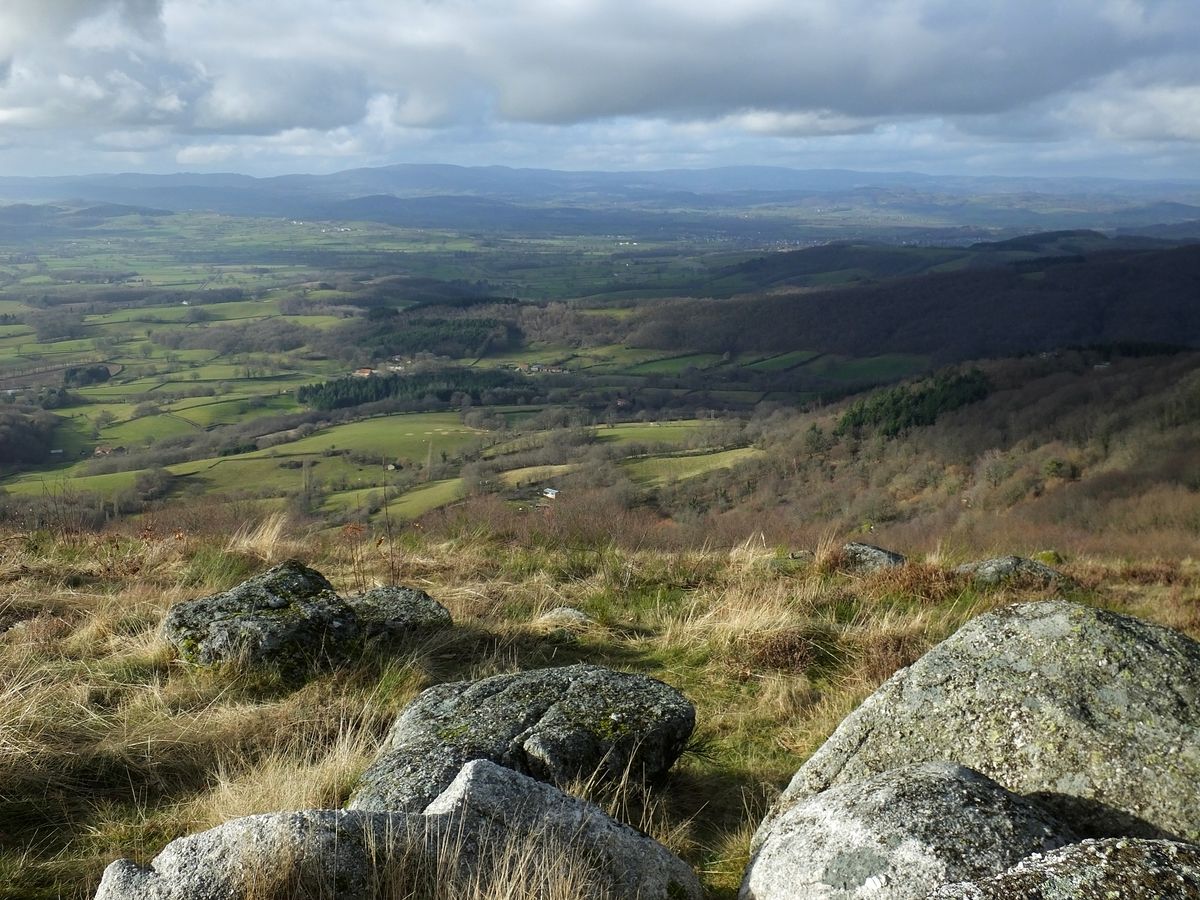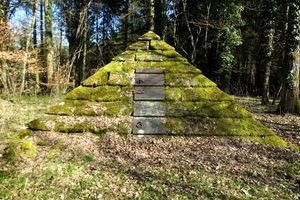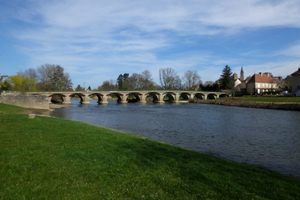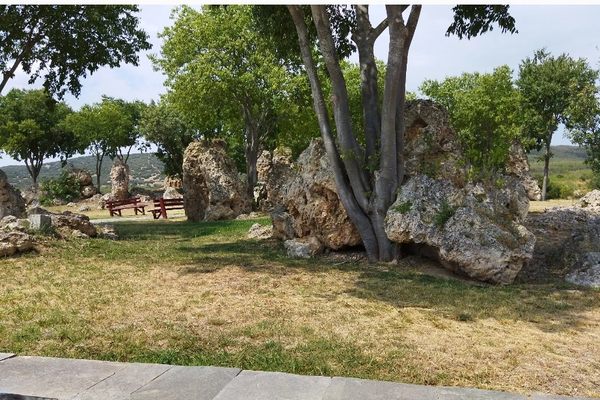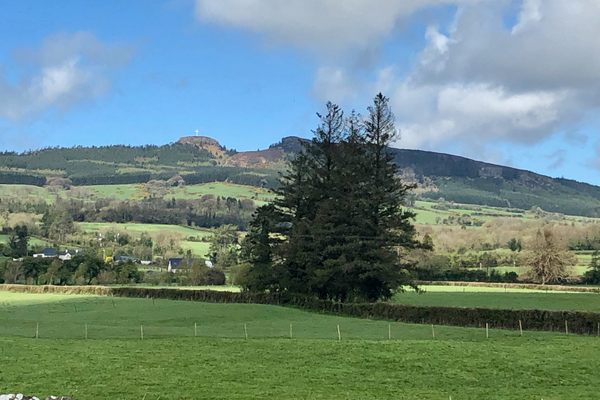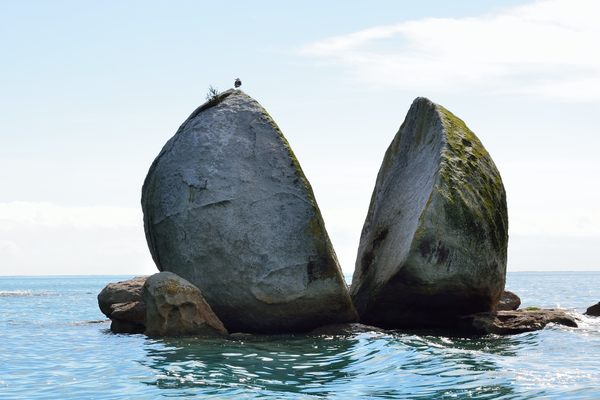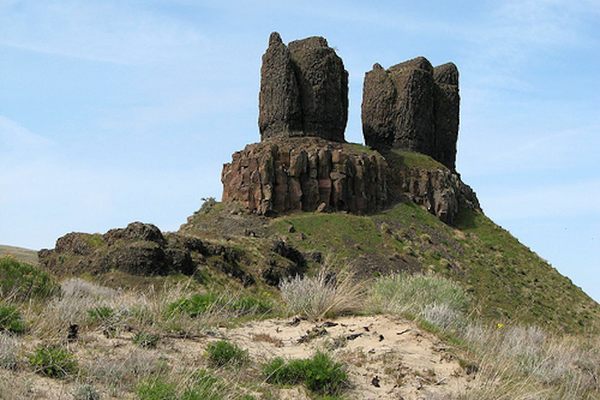About
Perhaps fittingly, the gigantic boulders strewn about this mountain range in central France are a result of granitic chaos—a natural phenomenon caused by erosion. The granite weathers heavily in cooler, rainy climates, allowing particles to collect between individual granite lumps. These deposits are then washed away by water or blown away by wind, leaving the granite rocks stacked atop one another in unusual formations. This phenomenon is unusual in Burgundy and within France.
The “Rochers du Carnaval” is one of the most beautiful examples of granitic chaos in France. Many of these stone formations have been given names based on other things they resemble, including le nez de chien (the dog's nose), le mammouth (the mammoth), la pierre qui croule (the crumbling stone), and la griffe du diable (the claw of the devil).
There are countless legends about these stones. La griffe du diable is associated with a legend about the construction of bridges in nearby Toulon-sur-Arroux. When building the bridge there, the builder is said to have made a pact with the devil, to whom he promised his daughter's soul. However, the devil was tricked and threw stones around in anger, and one of them landed here.
La pierre que croule is connected to another story. In the 19th century, this stone still had some “wobble” to it, which came to be interpreted by locals as an oracle of fidelity. If a husband suspected that his wife was unfaithful, he would drag her to the oracle, where the woman would push the upper stone. Depending on the number of back-and-forth movements, the husband was either congratulated for his wife's loyalty or shamed by her infidelity. Allegedly, the oracle's testimony was always error-free and likely caused much misfortune. In 1869, a group of young people took action: they dislodged the stone enough to put an end to its supposedly prophetic wobble.
Researchers suspect that the site was already of great importance in the times of the Celts. Presumably, some of the formations were used as sacrificial sites. This is indicated by hand-made indentations on some of the formations, which are worked like bowls.
From the parking lot, several footpaths from four to eight kilometers long wind through the fields and mountains of boulders. At an elevation of 700 meters (2,296 feet), the Signal d’Uchon cresting the area is one of the highest peaks for miles. It offers a nearly unobstructed view of Morvan Regional Natural Park, the green lung of Burgundy, and on clear days, the distant Puys mountain range.
Related Tags
Know Before You Go
The site is free to the public and open year-round.
Community Contributors
Added By
Published
February 24, 2022
